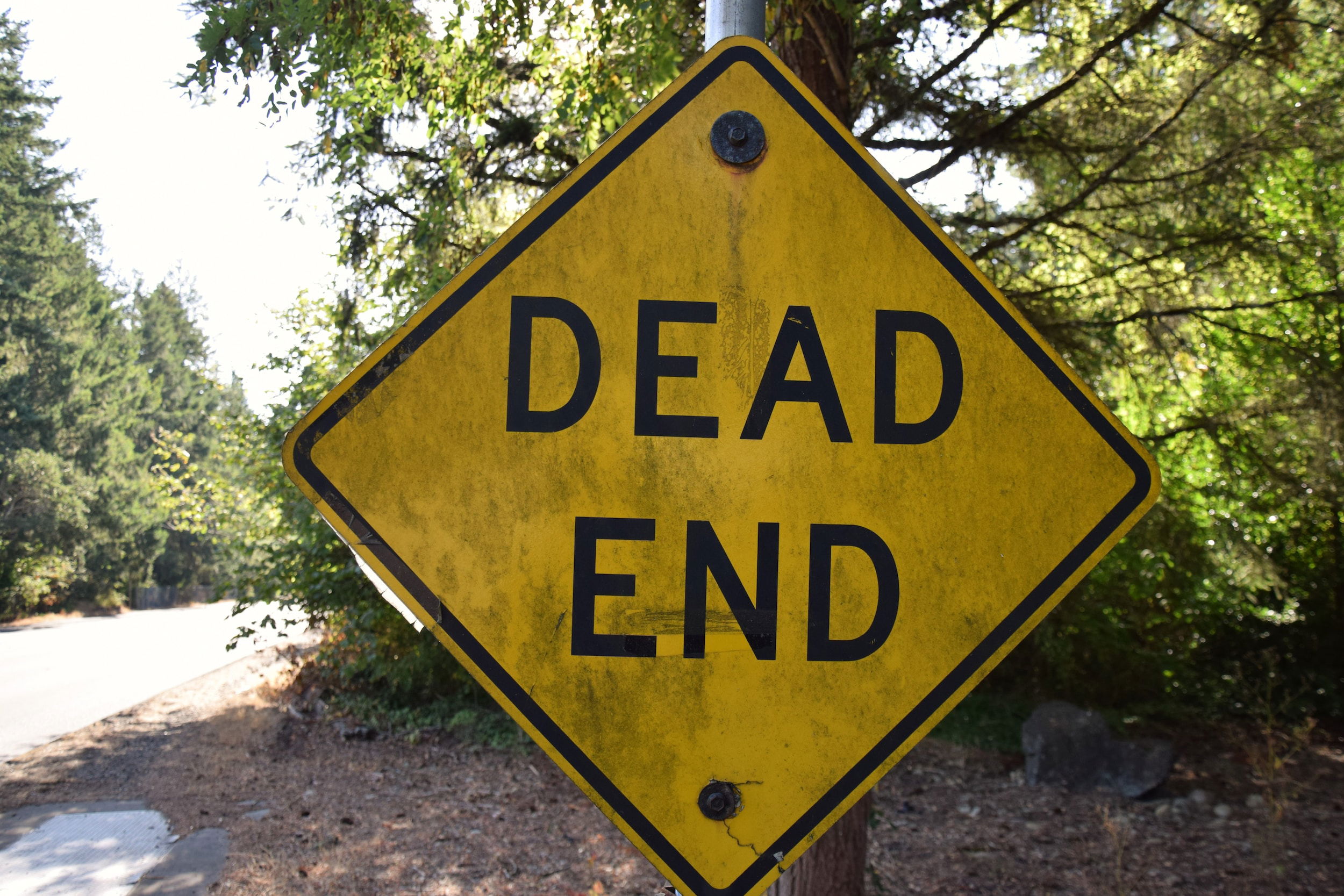7 Reasons To Change Your Business Strategy Today
As delicate of a conversation I appreciate that it can be, here are a quick rundown of common reasons that you may need to consider, as well as, the potential conclusions you may need to apply to your business strategy.
Performance:
1. Your company is outperforming its targets to a level you did not prepare for.
If your company is overperforming to a level you did not prepare for, you will likely need to adapt your business strategy in some way. For instance, in this situation an indoor farming company may have to adapt how its business strategy deals with one or more of the
following:
• Limits on its rate of production
• Staffing
• Efficiency issues
• Its supply chain management
• Functional/Departmental strategies
• Its staging/schedule

2. Your company feels stagnant (or as though it’s underperforming)
By taking stock of where you are compared to where you planned to be this time last year, you can easily get a sense if your strategy working or not. This assumes that you have been effectively implementing your strategy. If you have a great strategy but do not implement it you will get bad results. Also note, this has to go beyond looking at your company’s financials for the year, and include quantified and subjective reflections on your company progressing towards its plan to achieve its goals.
Some quantified examples of what to review are:
• Gantt charts of the company’s strategy
• Action plans of the company’s strategy
Some subjective examples of what to review are:
• How the leadership team collectively think and feel about the company’s progress
• How customers think and feel about the company today vs how they thought and
felt about it 12 months ago
• How your teams in operational and support areas of your company think and feel
the company has or has not improved over the last 12 months

3. Your team(s) complain about delays
While I applaud anyone who uses efficiency tools and techniques to boost their own productivity. It is important to know that marking a task that they need to do as being a low priority can cause huge delays for their others. This in turn can lead to a reduction in the company’s ability to be efficient as a whole, in its pursuit to deliver on its value proposition to clients for instance.
This means everyone in the company needs to think about efficiency on a company level, in addition to an individual level. Making this a reality will require a company-wide effort which can only properly be served through a sound and well-implemented strategy.

People:
4. Your company has a high turnover of people
If you keep losing staff you are also constantly losing a lot of tacit knowledge and time in your recruitment process. There are multiple potential reasons for this and some are highlighted below as an example:
• Generally, your advertised job descriptions are not aligned with the actual jobs
• Your company is hiring staff who are not aligned with their respective roles
• An unhealthy work environment exists at least in parts of your company
• Your company does not remunerate its staff in line with the true value they add to your company assets.

5. Your competitive advantages are being counteracted
If your ability to compete and achieve your goals is being counteracted due to your company’s competitive advantage being outdated by your competitors, typically it would be a good idea to change your strategy. Depending on various factors this can mitigate the extent to which your goals are undermined in the short to medium term, and can help to re-establish your old or even a new advantage moving forward.
P.S. To learn if your ability to implement strategies well and on time can give you a competitive advantage:

Business Environment:
6. Your business strategy was designed for a different geography
Even though your business strategy may have worked in one of your current geography’s, when approaching a new country it’s worth adapting your strategy to the new country’s specific nuances. Even if you do not change everything, the current state of the areas below, for instance, may mean a different approach is required. These are just a few examples:
• The pool of direct competitors
• The pool of substitute competitors
• Political environment
• Economic environment
• Social norms
• Technological development (and acceptance)
• Laws
• Environmental factors (e.g. CO2 emissions)
P.S. If you want to learn about a real-life example of how geography played a key role in supporting (and thwarting) the strategy of a renowned global brand, pay close attention to the third strategy in the linked article below:

7. Your substitute competitors are adapting to megatrends better than your company
Most companies only focus on their direct competitors instead of also considering their substitute competitors. For clarity, a direct competitor is another business that offers the same solution to fulfil your customers’ needs as your business does. Meanwhile, your substitute competitors are the businesses that offer a completely different solution to the same need and to the same target market as your business.
This means they do not see how all their competitors position themselves to compete for the same target market. This can be dangerous especially if a company’s substitute competitors become better adapted to solving your market’s needs, than your company is based on ongoing shifts in megatrends. For clarity, megatrends are long-term changes that fundamentally change the overall business environment that a given company or group of companies operate within over a long period. These trends can mean that the future state of the below areas can be vastly different to those your company is currently prepared for.
These are just some examples:
• The pool of direct competitors
• The pool of substitute competitors
• Political environment
• Economic environment
• Social norms
• Technological development (and acceptance)

